Ancient Mystery Unveiled: Humans May Have Roamed Australia 55,000 Years Sooner Than We Believed
The Moyjil theory is a big argument to make in Bowler’s field, as all previous regional studies pushed back the dating of human settlements incrementally, and “there has been continuity.” The geologist’s latest theory, of course, literally doubles the accepted timeframe, which makes it harder to swallow.
Bowler did explain, however, that there have been numerous other sites with evidence suggesting that the timeline should be pushed back but that they had been ignored due to academic dismissal. Now, he hopes the Moyjil study will have luminaries in the field reassess those previous theories.
In terms of bias, Bowler is adamant that he merely studies the evidence and reports on his findings. When asked about a 2017 study regarding humans reaching America 130,000 years ago, and who they might’ve been, his response entirely reaffirmed that claim of fact-based perspective.
“I’m a geologist,” he said. “I don’t enter into such speculative areas, I have no idea who these people were.”
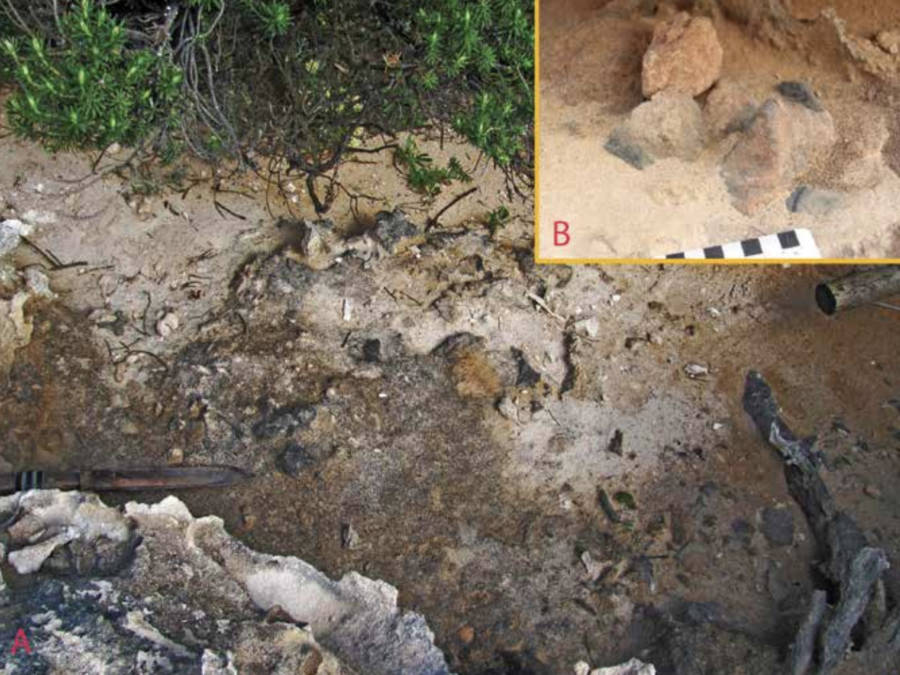
John SherwoodA suspected fire site with a near-circular group of stained stones.
Ultimately, Bowler didn’t claim to have all the answers — merely a few, warranted questions.
“Who were they? Why here and not elsewhere? Why no legacy of any toolkit, no traces of food let alone human remains? In the absence of bones, stone flakes or any independent trace of people, the notion of occupation at 120 ka currently remains difficult to credit,” he said.
“However, marine shells, stones in unexplained depositional context and fire resemblance to hearth, successively diminish the possibility of a natural explanation,” Bowler argued. “That absence leaves the currently unlikely option of human agency as the most likely alternative.”
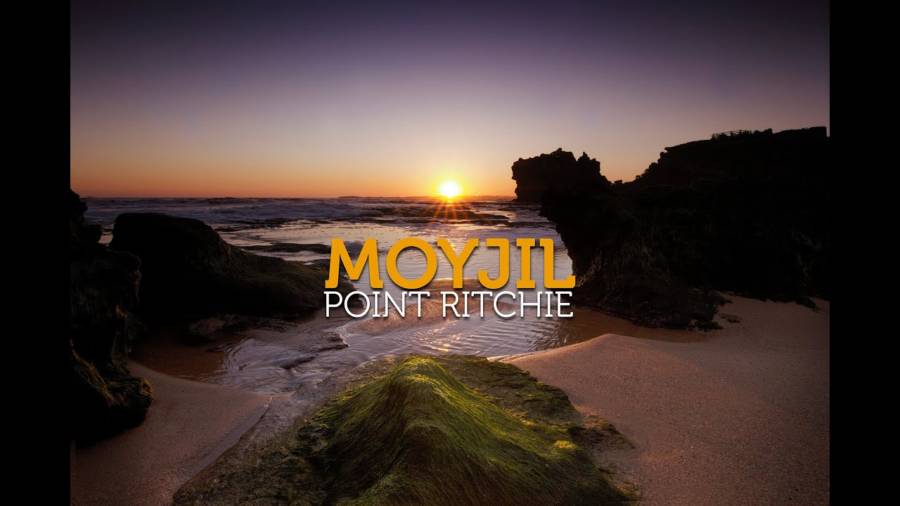
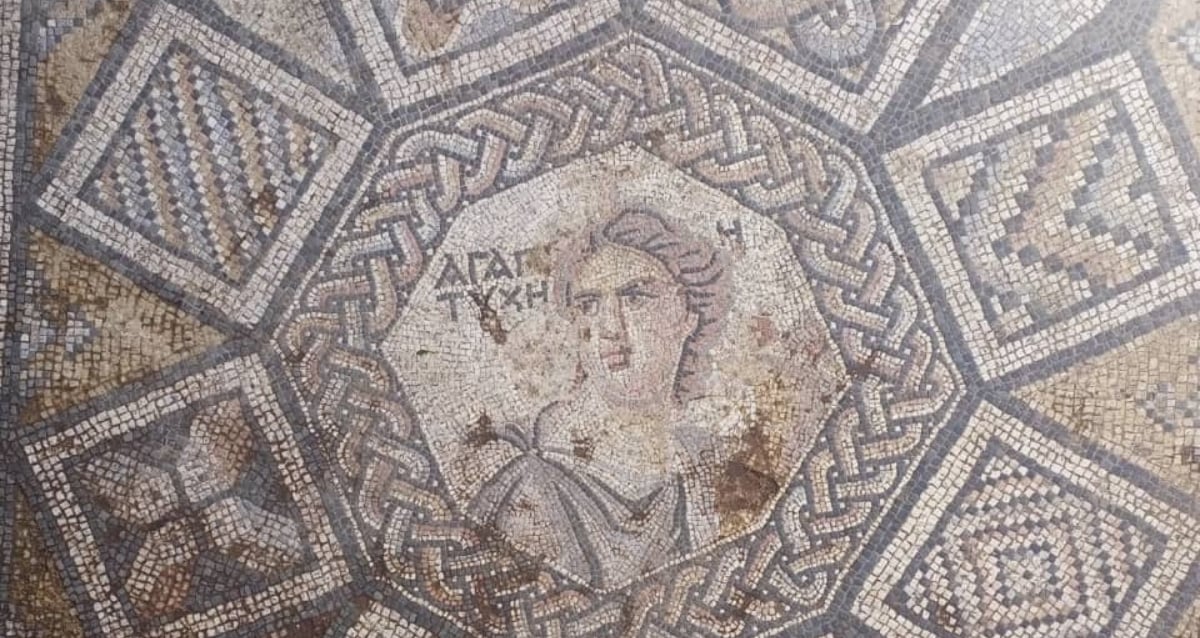


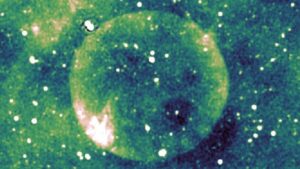




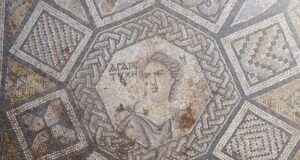



Post Comment